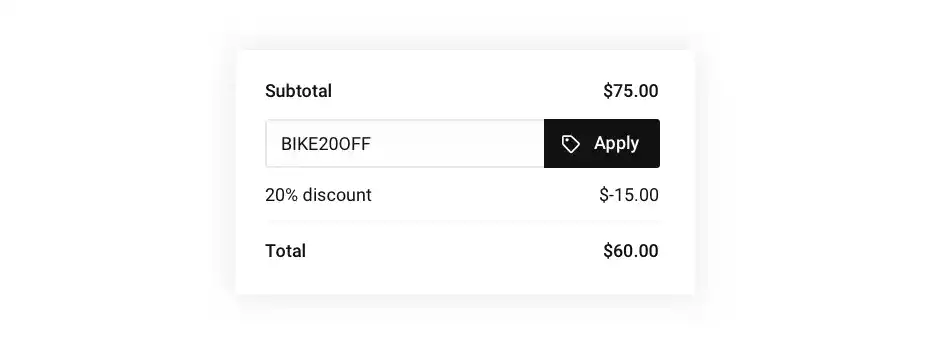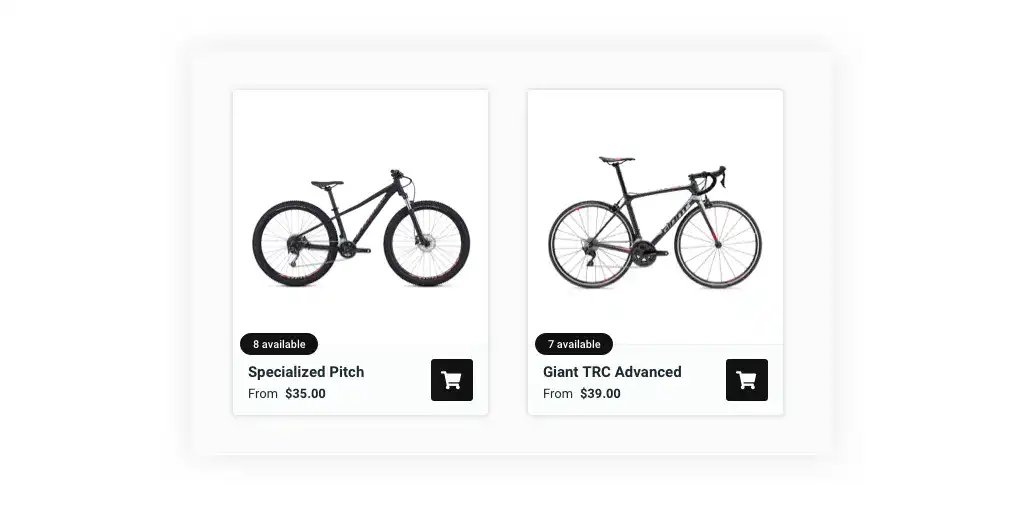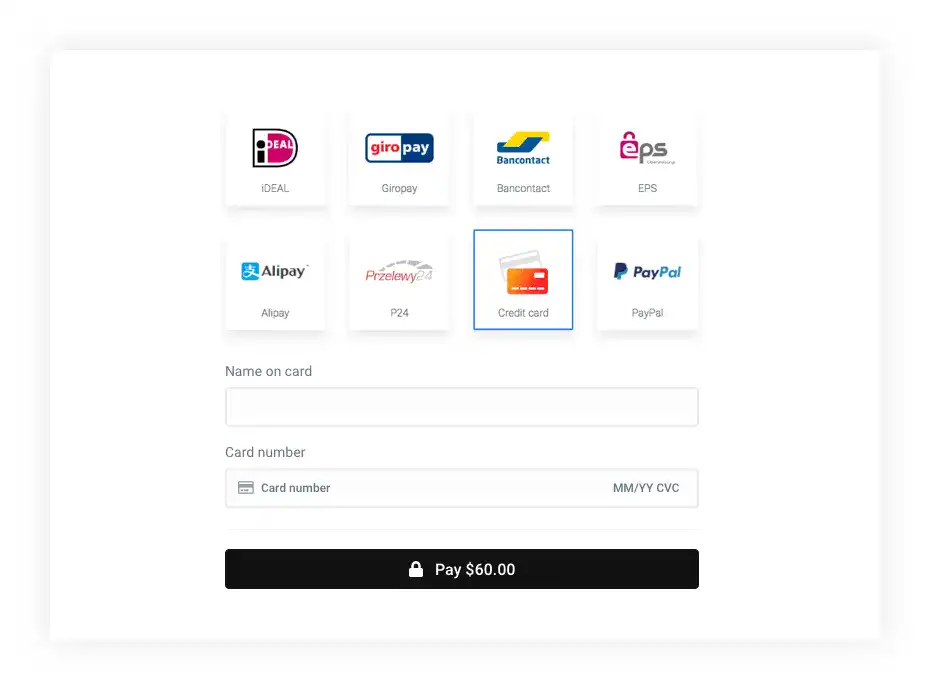As a bike rental manager, you’re by definition, running a seasonal business. The busy seasons, spring and summer, provide their own set of challenges, but as demand drops during fall and winter, you’re confronted with entirely different problems.
While this slow period might seem harmful to your business, the interval is actually desirable. It’s the perfect opportunity to explore new ideas, evaluate performance, and prepare for next season. In this article, you will find plenty of tips to make the most of the low season as a bike rental manager.
1. Explore new opportunities
Depending on your location, the off-season allows you to expand your rental business in other areas. For example, think about additional activities, tours, and products visitors might want. If you’re near a mountain range, for example, ski and snowboard rentals might be great to endure the winter months. This way, you can focus on ski rentals during winter, and rely on bicycle rentals in spring and summer. We see plenty of rental businesses who combine ski and bike rentals to generate revenue all year long.

Start your rental business for just $27/month
Put your toes in the water and test the demand in your area with a rental website for just $27/month.
2. Get your fleet back on track
The bigger your rental fleet, the more time you devote to repairs and maintenance. Maybe some quick fixes got you through a busy summer, but now there’s finally time for proper servicing. If there’s one thing bike rental managers should do during the low season, it’s making sure their bikes are ready for the next round. And why not sell some old bicycles that are end-of-life? That’ll make room for new additions to your bike rental fleet.
When you’re shopping for new bikes, use your reports to see which ones performed best and generated the most profits. Always use data when you’re in the market for new stock. Statistics about rental durations, maintenance, and revenue per product will help you make better purchasing decisions and lead to smarter investments. Nowadays, most bike rental management software supports these features, so take advantage of them.
3. Launch seasonal promotions
When there’s a drop in demand, reducing your rates can help fill up your schedule during the off-season. Before you change anything, it’s crucial to know whether your competitors are using seasonal pricing too. Analyze three or four of them to learn which strategies they use to increase rentals during winter, and then decide what’s best for you. If lowering your prices is the last thing you want, there are several other tactics bike rental managers can apply.

Instead of introducing seasonal rates, you can create special offers, like getting a free helmet with every bike rental or getting two days for the price of one. As a bike rental manager, that’ll give you a competitive advantage over other rental shops. Another great way to increase rentals is by creating campaigns and offering discount codes. Visitors can redeem these coupons on your website and in-person, giving them a 20% discount, for example. This softer approach is useful when price reductions are out of the question, or when you’re looking to leverage your social channels for extra exposure.
Start with building your rental website
Every new rental business starts with a website to get their first bookings.
4. Assess your rental business
The off-season is generally the best time to evaluate your business. Are you satisfied with your workflows? Maybe you could use a better way to track the availability of your bikes. These are improvements to consider and test during the low season. It’s the ideal time for bike rental managers to improve planning, invoicing, and implement new technology like barcode scanning.
And then there’s your website, the customer-facing part of your bike rental business. How is your site performing? Which elements could be more usable? Take your time to evaluate and optimize the experience you provide and the results you’re getting. Walk through your reservation process and understand where people get stuck. If you’re spending too much of your workday answering emails, it’s time to explore new plugins and simplify the process.

Tip: Booqable shows availability in real-time on your website, although that’s an optional feature. Once enabled, customers can immediately see whether the bikes they want are available, which sets the right expectations, and more importantly, reduces your time on admin.
Next, you can fine-tune your site by adding better images, writing more descriptive copy, and perhaps even subscribe to a payment provider to allow your customers to pay using their credit/debit card, PayPal, and other services. If you want to learn more about online payments, drop us a note: [email protected].

Getting ready for high season
The off-season isn’t intended to lean back and relax. Instead, the quieter periods are ideal for researching new plans, assessing how things are going with your business, and refining your rental management procedures. Every bike rental business has areas that could improve, whether it’s faster ways to process orders, less routine actions when communicating with customers, or better experiences on your bike rental website. That begs the question: What will your focus be when the seasons change?




